We’ve all been there before.
Struggling to reduce the cost of the BOM, we try to do everything ourselves.
After all, you’re an engineer, aren’t you? You have your own staff of hardware and software engineers, mechanical engineers, physicists, and anyone else you might need.
So, if there’s a complex part that adds a significant cost to your BOM, you’ll try to cut corners. “Let’s see how we can design that ourselves,” you say…
Any of this ringing a bell?
Let’s say that you’re integrating a laser into your medical device. You realize – sooner or later – that you’re going to have to include a laser power meter or other sensor. If not for the safety of the patients, in many cases this is required by law.
But wait – you weren’t born yesterday. You know that you can get a cheap photodiode for a few bucks, or even a few cents. You must be a sucker to pay hundreds of dollars for a complete power measurement solution, right?
Not quite.
The tricky thing here is that we need to compare apples to apples.
When you have your “BOM blinders” on, all you can see is the price of the part.
But what about the amount of time to design it? What about when you realize that this isn’t as simple as you thought?
Sure, you’ve got a hardware engineer in your office. He can design a simple amplification circuit for the photodiode. At first, this approach seems to make sense. And it’s very appealing, since you know your boss is going to appreciate the money saved on the BOM.
Nevertheless, there are a few issues with going down this road:
Calibrated Measurement
First and foremost: cheap photodiodes are nice, but they are not calibrated.
Ophir sensors are calibrated traceable to a NIST gold standard. Uncalibrated sensors are okay for relative measurements, but they will never give you the true power of the laser. In the medical realm in particular, you will need accurate measurements to pass regulations.
What about high power?
Photodiodes have a very low power capability. (Typically up to hundreds of mW at best.) Assuming your laser is measured in Watts if not tens of Watts, how can you measure it with a photodiode?
You will need to use attenuation. Enter the wonderful world of optics.
Did you consider that the attenuation could change as a function of time? What about polarization concerns?
Suddenly a simple hardware project turns into a full-scale optical design.
Do familiar work in-house; outsource everything else.
Your staff aren’t experts in laser measurement. Don’t get me wrong – I’m sure you’ve got some stellar engineers in your employ. However, what happens when the reading isn’t stable?
What about when you need to change gain in real time?
How about a speed-up algorithm to reduce response time?
We’ve been spending upwards of 30 years thinking about these problems and coming up with solutions. Why would you want to reinvent the wheel?
Bottom Line
We believe the best approach to creating a new product is this: Stick to your own expertise. Do that all yourself.
Outsource everything else.
It will be cheaper (although it might not seem so at first). And it will certainly be faster. And easier.
What are your thoughts? Ever thought “I could do this!” only to be burnt later when your boss asks why it’s taken you months when you said it would be weeks? Let me know in the comments.
And if you need to integrate laser measurement into your own medical system, contact us here.
Flickr creative commons image via Marcin Wichary

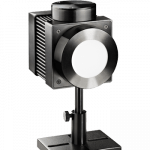
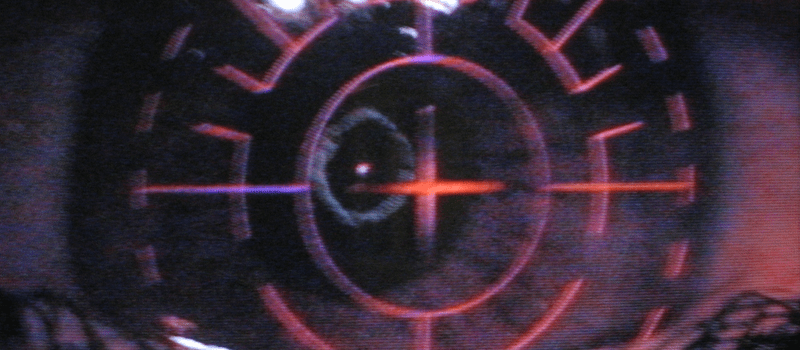
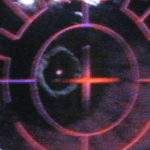
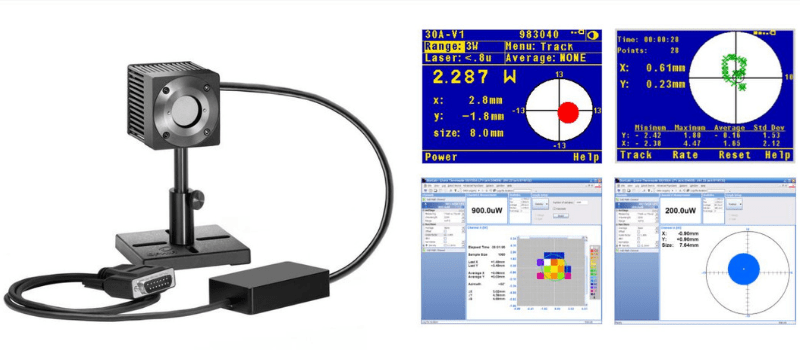
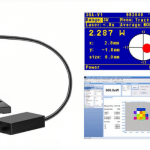


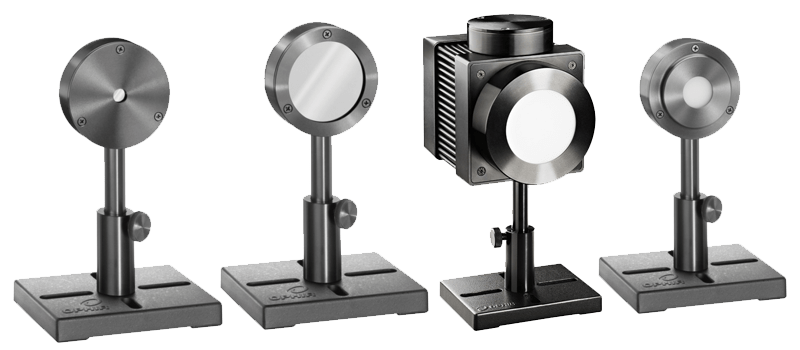

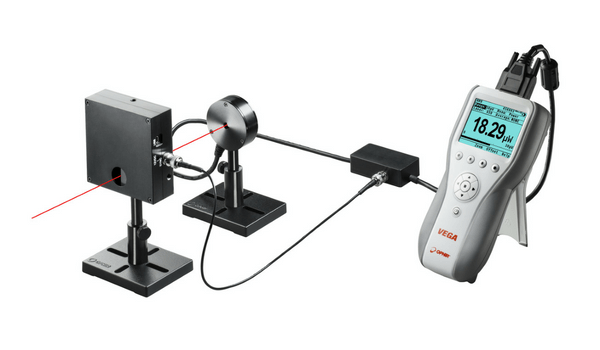
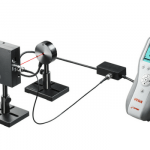
Leave a Reply
Your email address will not be published. Required fields are marked *